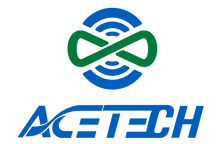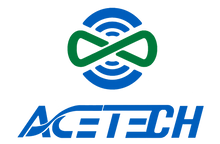
Contact Us
Lithium Ion Battery Advantages and Charging Introduction
The Advantages of Lithium Ion Batteries
Widely used as daily necessities, as well as in other fields, Lithium ion batteries have the following advantages:
High Energy Density of Lithium-Ion Batteries
Compared with other batteries (such as nickel-cadmium batteries), lithium ion batteries have a higher energy density and a greater capacity, so you can add more nickel to the cathode.
Li-Ion Batteries' Small Package Size And Weight
Li-ion batteries are ideal for portable consumer products. Designers can choose to use a prismatic package, which is usually thinner than 19 millimeters, or a lithium polymer package, which is usually thinner than 5 millimeters. In addition to the advantage in size, the weight is reduced due to the chemical nature (eg. solid/gel electrolyte instead of liquid electrolyte) and the packaging used (eg. foil).
Li-Ion Lithium Battery'S Memory Effect
Unlike nickel-cadmium batteries (NiCd), lithium-ion batteries are not affected by the memory effect. The memory effect occurs when the battery has been partially used for a period of time and then fully charged, which leads to rapid discharge. For modern batteries, this is more likely to be due to repeated charging that causes the voltage to drop and the board blocked, which adds internal resistance and lowers the battery's voltage.
Low Discharge Rate of Lithium-Ion Batteries
Compared with other rechargeable batteries, lithium-ion batteries of ACE battery company have a lower self-discharge rate, which means they can stand by for a long time.
Fast Charging of Lithium-Ion Batteries
the charging speed of lithium-ion batteries is faster than that of other batteries and twice that of hydrogen fuel-powered batteries.
Strong Adaptability, High and Low Temperature Resistance of Lithium-Ion Batteries
li-ion lithium battery has strong high and low temperature adaptability, and can be used in an environment of -20℃ to -60℃, and can be used in an environment of -45℃ through process treatment.
The Charging Introduction of Li-Ion Lithium Battery
The charging process of lithium-ion batteries is generally divided into three stages: trickle charging, constant current charging, and constant voltage charging.
Trickle Charging and Constant Current Charging of Lithium Ion Batteries
Taking a mobile phone battery as an example, the internal charging management chip detects the voltage of the battery to be charged when charging starts. If the voltage is lower than 3V, it must be precharged first. The charging current is 1/10 of the set current. When the voltage rises to 3V, it will enter the standard charging process.The standard charging process is to perform constant current charging with a set current.
Constant Voltage Charging of Lithium Ion Batteries
When the battery voltage rises to 4.20V, the charging process changes to constant voltage charging, and the charging voltage stabilizes at 4.20V. At this time, the charging current gradually decreases, and when the current drops to 1/10 of the set charging current, charging ends. Generally, the output voltage of a mobile phone charger is 5V, and the charging management chip inside the mobile phone is responsible for reducing the voltage to 3.7V which is the suitable voltage for the battery of the mobile phone.
Our expert will reach you out if you have any questions!
